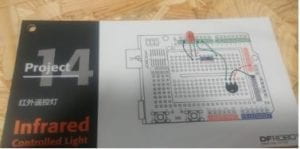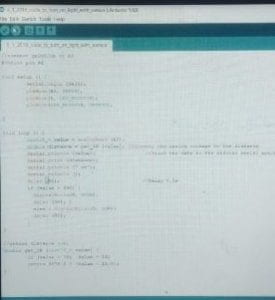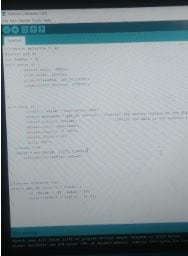Partners: Nate Hecimovich and Eva Solo

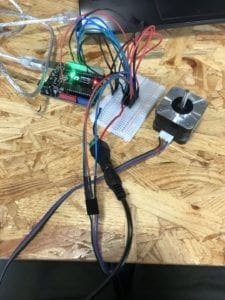
Following the diagram that was provided for us, it was fairly simple to assemble the circuit for the stepper motor. Due to the high voltage, I used a pedometer to assure that I would not fry my Arduino. Applying the map() function made controlling the stepper motor smooth and easy.
Following the completion of the stepper motor, Nate, Eva, and I connected our two stepper motors, using the frame created by two long and short arms and a motor holder, and the artwork began.
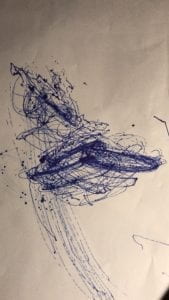
Sadly, we were incapable of drawing anything of beauty, but the assignment was very fun. For a video of our drawing machine in action, you can view Eva’s documentation.
Questions:
- Following the drawing machine, it would be really cool to use clear plastic tubes, an led strip. and a stepper motor (or potentially a different motor) to create a sculpture of two light-sabers fighting. I imagine there could be moderate customization (LED colors), and interactive like those boxing toys from back in the day.
- Following up on the light-saber idea above, it could be further developed to a full size robot of some sort, similar to Ken Rinaldo and Matt Howard’s Autotelematic Spider Bots, to allow people to fight like they do in Robot Wars. Although, this is much more complicated, involving many more actuators for legs, weapons, etc., if you were to modulate each individual (similar to how we do with coding), it is just the combination of a bunch of actuators. Rinaldo and Howard’s spider bot, based off of ants and spiders, had to use actuators that would work independently and together in order to imitate the movement of their insect inspiration. On top of these actuators, the use of infrared and ultrasonic ‘eyes’ their robots were able to deploy the actuators to approach/ avoid their robot comrades, people, and find their charge ports to obtain sustenance. If you think about it, the drawing machines we made, with the joints employed by the connection of the small and long arms, are a very rough draft of a single appendage.
